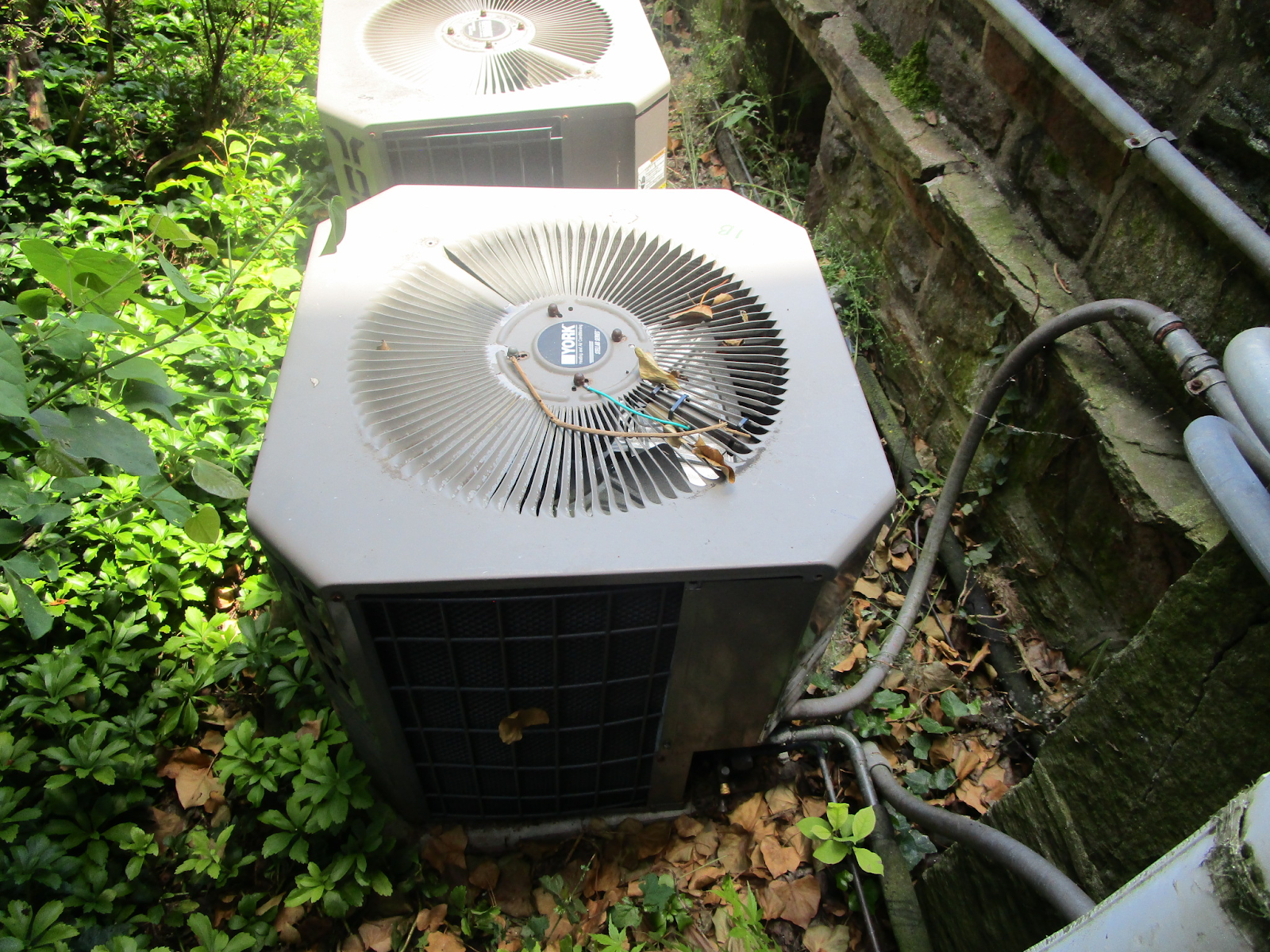How do you tackle a seemingly insurmountable task? As the old adage says "How do you eat an elephant? One bite at a time". Maybe you have taken a new job or been assigned to a new responsibility and find that the maintenance program there is either ineffective, poorly managed, or non-existent. Getting your head around fixing it may seem overwhelming, but the answer may be found in that old saying.
First off, you need to START. Somewhere, anywhere, is better than doing nothing. The next challenge is to decide where to start or what to prioritize. There really is no wrong answer as long as you are making progress, but there may be some approaches that could help you gain more traction and momentum more quickly.
If you find yourself in a situation where there have been no real effective PM / PdM processes in the past, your first challenge is going to be demonstrating that success is attainable and real. Depending on the availability, skill, and attitude of your maintenance staff, the way to accomplish this might be to seek out those tasks that would be the easiest to accomplish. Start by showing what can be done with the less challenging tasks and gradually expand the scope to include more technical items. A team that has never changed air filters on a schedule before will probably not be ready to deploy a vibration analysis program across all of the rotating equipment in a facility. Baby steps are required.
If you do happen to have skilled tradespeople but not really enough of them to be as effective as you want, perhaps your biggest challenge is demonstrating to management that the additional investment in resources will pay off. In this instance, evaluating the maintenance challenges and identifying those areas that would deliver the greatest return would be the best place to focus. If your facility is going through pumps in a particular portion of the plant because of frequent breakdowns due to poor past maintenance, this is likely both a maintenance and a production headache. Improving the up-time of that equipment allowing the production area to be more effective would go a long way toward demonstrating the viability of your efforts and help you justify the further investment in your team.
Lastly, perhaps the overall size and scope of the area you need to maintain is just too large for the team you have available, and there are legitimate arguments for starting in any of a number of areas. If this is the case, you need to simply select one area in which to really shine. At this point, you probably just need to demonstrate some sort of success, so start.... just start!
Once you have started, whichever direction you choose to go, make sure you start collecting data immediately so that you can determine whether your efforts are focused in the right areas and how effective those efforts are. Data is critical and as mentioned in previous posts, the feedback loop is where the key decisions are made, BASED ON good data. This information can help you make sure your efforts are well-focused
and can help you leverage the support from management that you will need to continue to improve.
![]()













